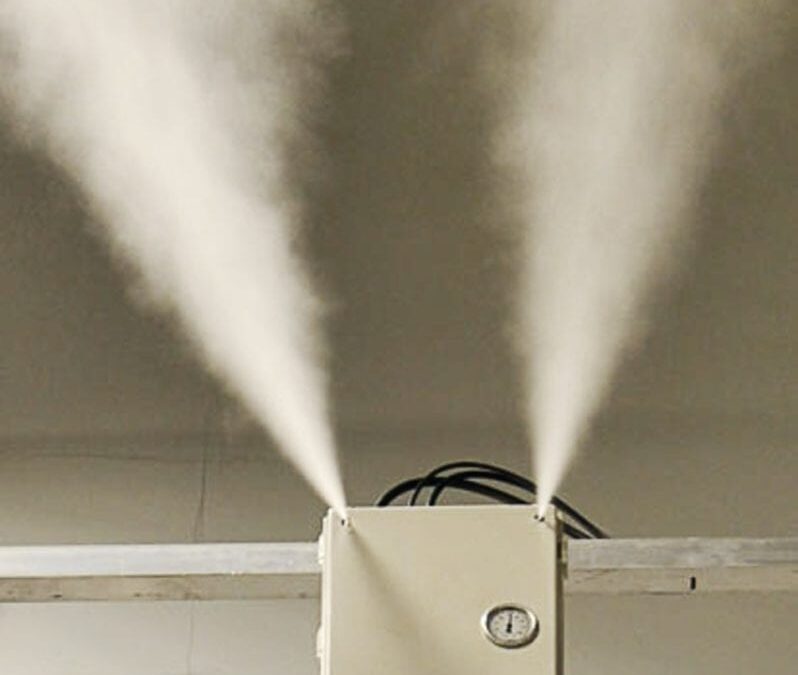The Centers For Disease Control and Prevention (CDC) estimates that 5-20% of the U.S. population will catch the flu virus this year. While most people are familiar with preventive measures like washing your hands, avoiding direct contact with individuals who are already sick, and staying hydrated, you might be surprised to learn that humidity plays a role in the flu virus.
Oregon researchers have found a direct correlation between the flu virus’ survivability and the surrounding absolute humidity. According to the study, which was published in the journal Proceedings of the National Academy of Sciences (PNAS), the flu virus survives for a longer period of time in cold, dry environments. Before we go into the details of the study, however, let’s first take a step back to discuss the basics of humidity.
It’s a common assumption that humidity refers to moisture vapor in the air. While this isn’t necessary wrong, it’s not the best definition of the term. Relative humidity is the ratio of water vapor in the air to the maximum amount it can hold. Absolute humidity is the actual amount of moisture vapor in the air, regardless of the temperature. The key thing to remember is that relative humidity fluctuates depending on the temperature. As the air warms, it becomes less dense; thus, it holds less moisture and the relative humidity drops.
So, how were researchers able to link the flu virus’ survivability to dry air? The study involve the re-analyzation of an existing PLoS study from 2007, which found that influenza transmitted more easily in environments with a low relative humidity. The study’s co-author, Jeffrey Shaman, swapped the relative humidity data for absolute humidity.
“It seems that the influenza virus’ ability to survive and be transmitted person-to-person is greatly affected by how dry or wet the air is,” said Jeffrey Shaman, Ph.D., an atmospheric scientist at Oregon State University in Corvallis. “In some areas of the country, a typical summer day can have four times as much water vapor as a typical winter day – a difference that exists both indoors and outdoors. Consequently, outbreaks of influenza typically occur in winter when low absolute humidity conditions strongly favor influenza survival and transmission.”
The bottom line is that the flu virus – like many transmittable viruses – thrives in dry air. This means the number of infections go up and existing illnesses are prolonged. So whether you’re at home or at work, take a proactive approach towards ensuring your environment has a proper humidity level.





